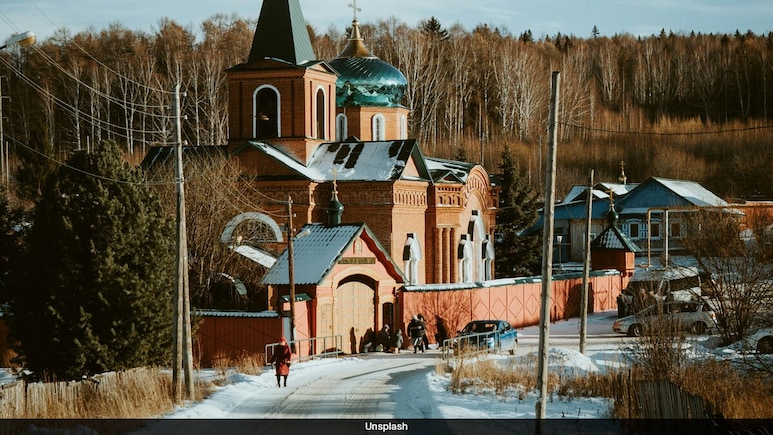
Recent expert research cited by the Izvestia newspaper has sounded the alarm on the potential disappearance of 130 small Russian towns, home to approximately 3.4 million people. The towns are facing significant challenges due to negative demographic trends and declining employment opportunities.
According to the news agency TASS research conducted by the Russian Presidential Academy of National Economy and Public Administration (RANEPA), for the time being, more than 3.4 million people are living in towns with a population less than 50,000. The population in such towns declined by 314,500 over the last decade. The greatest dip in the population was recorded in northern coal, metal and lumber towns. Authors of the research believe that a number of settlements in the Bryansk, Novgorod, Kirov and Krasnoyarsk regions have the greatest exposure.
Experts warn that without urgent attention, these towns may cease to exist, leaving thousands of residents without access to basic services and opportunities.
"The industrial crisis and continued population drift toward larger urban centres increase the risk of towns being lost entirely," the researchers told Moscow TImes.
Among those most at risk are Verkhny Tagil in the Sverdlovsk region, Trubchevsk in Bryansk, Inta in the Republic of Komi, Kem and Medvezhyegorsk in the Republic of Karelia and Torzhok in the Tver region, all of which have seen steep population declines.
Such towns are short of inner resources for development, and it is also difficult to uniformly allocate external resources in view of a big number of small towns, researchers said. The decline of employment and smaller number of small and medium businesses are among the drivers of the dramatic population decline.
The findings highlight the need for policymakers to address the underlying issues driving these demographic trends and to develop strategies to support the sustainability of these communities.
Russia's Population Crisis Deepens: A Ticking Time Bomb for the Nation's Future
According to a report by Bloomberg, Russia's population is declining at its quickest pace since the Covid-19 pandemic, even after President Vladimir Putin declared that a demographic turnaround is the country's most important priority.
Russia recorded the lowest number of births last year in a quarter of a century, while the number of deaths increased for the first time since the height of the pandemic in 2021.
In 2024, 1.22 million people, or 3.4 per cent fewer than in 2023, were born, the lowest level since 1999, while deaths increased by 3.3 per cent to 1.82 million, according to the Federal Statistics Service, known as Rosstat. The pace of the population decline accelerated by roughly 20 per cent compared to 2023, due in part to the Kremlin's three-year-old war on Ukraine.
Track Latest News Live on NDTV.com and get news updates from India and around the world

